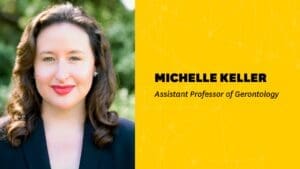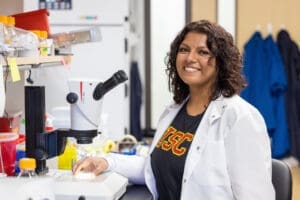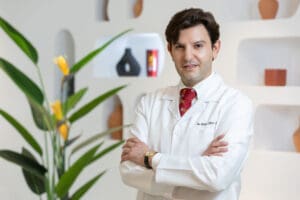 ElderBranch, a resource for people looking for senior careproviders, recently published a series of articles regarding end-of-life care: where we are today, innovative models and interviews with experts.
ElderBranch, a resource for people looking for senior careproviders, recently published a series of articles regarding end-of-life care: where we are today, innovative models and interviews with experts.
Below is an excerpt from our interview with Susan Enguídanos, PhD, of the USC Leonard Davis School of Gerontology about a palliative care program that she helped design in partnership with Partners in Care Foundation.
ELDERBRANCH: Generally speaking, what’s broken, missing or lacking when it comes to end-of-life care?
SUSAN ENGUIDANOS: One of the biggest problems is that end of life really starts sooner – in terms of the decline. People get end-of-life care usually in the last three weeks of life, which is in hospice, but you really don’t have any other mechanism in our system to address the decline that starts much earlier.
Our whole health care system is designed to cure and provide care for people who are healthy and can navigate the system, but we don’t have anything that provides the other needs that people have as they start to decline and experience serious health problems.
ELDERBRANCH: Can you describe the Kaiser Permanente program that you helped design?
SUSAN ENGUIDANOS: In terms of the model, it looks a lot like hospice. We have physicians, social workers, nurses, homes health aides, chaplains and it’s all home-based. The frequency of it is predicated on the needs of the patient.
One of the other critical components is that they have access to information – medical personnel, 24 hours a day. So if they had a crisis, they could pick up the phone, call somebody, and reach a nurse who can reach a doctor at any time. What we’re finding in some of the work I’m doing right now is [that among] patients that have been readmitted to the hospital, we’re finding that access in a crisis is a key issue as to why people end up back in the emergency room. It’s not necessarily their first choice, but they didn’t feel like they had an alternative.
ELDERBRANCH: Do palliative care programs actually escalate total costs of care?
SUSAN ENGUIDANOS: For the palliative care team, the right decision isn’t around financing, it’s around what does the patient really want in their last years of life. What type of trajectory and care treatment are well-suited, and providing them information about what their trade-offs are. What [are] your options if you decide not to do aggressive care, or what the odds of survival are if you have a heart condition and cancer.
The other research that just came out found that people actually live longer because they make different decisions. They have fewer episodes of chemo and radiation but they live longer. We found that if we gave them more care in the home, they either didn’t need or decided not to pursue aggressive care.
ELDERBRANCH: While there is a Medicare hospice benefit, there isn’t something similar for palliative care. How are palliative care programs being paid for and is that a factor when thinking about broader adoption of these kinds of models?
SUSAN ENGUIDANOS: That has been the primary barrier in disseminating the model and promoting replication. [Given] the Kaiser structure is completely a closed system, they can move funds around to cover whatever they want. In systems that aren’t like the VA or Kaiser, there’s always going to be a winner and a loser, and the loser is the person paying for the services and the winner is the person saving money.
We have to figure out how to reimburse these services in a way that there’s not a “loser.” That’s exactly why a lot of these models don’t have the social worker or the chaplain; they have the nurse practitioner and the physician because they can charge for home visits. So that’s a huge barrier in terms of why we haven’t had better success in getting this replicated.
Elderbranch’s complete interview with Dr. Enguídanos, as well as the complete series on end-of-life care can be found in the following parts: I, II, III, IV.


 With some studies showing that as many as 1 in 10 older adults—with 1 in 2 with dementia—becoming victims of elder abuse, the issue has never been more important to tackle.
With some studies showing that as many as 1 in 10 older adults—with 1 in 2 with dementia—becoming victims of elder abuse, the issue has never been more important to tackle.





